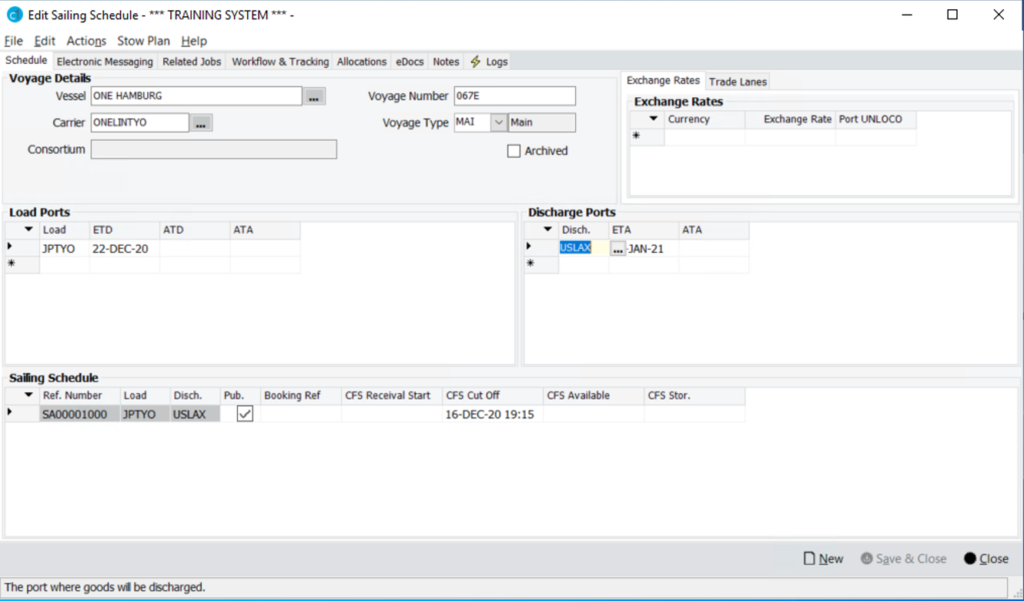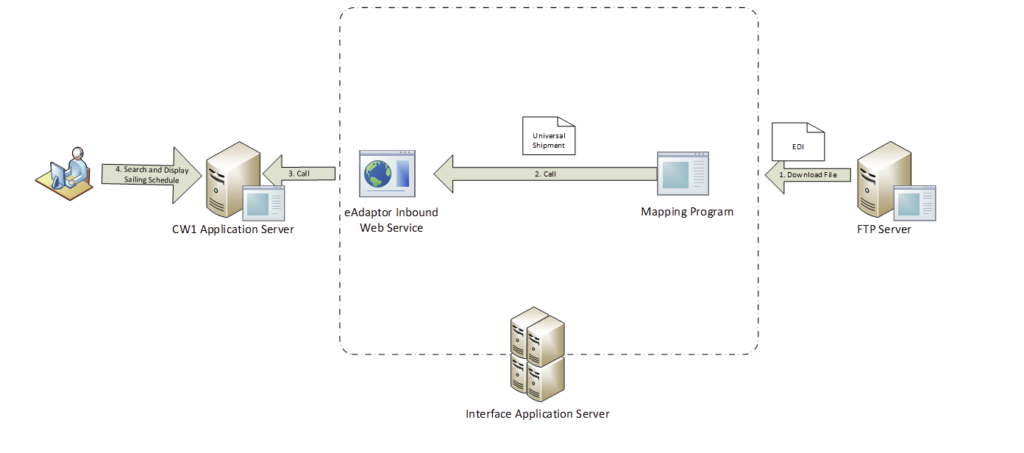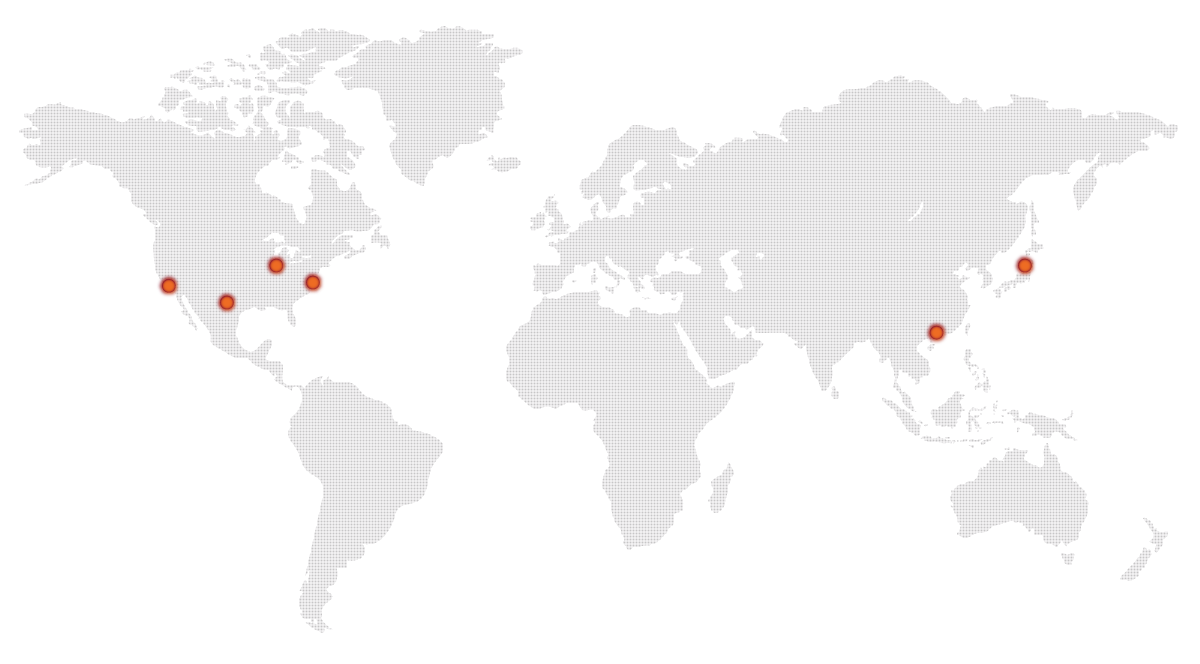CargoWise Interface with Toyo Signal

This is an interface that imports the Toyo Signal file to CargoWise. The data that is imported will update the sailing schedule information such as ETA, ATA, ETD, ATD and others. This will then update the consolidation allowing automatic updates to the consolidations. The operators don’t have to manually update them and therefore can spend more time focusing on the other key operations.

Processing the Toyo Signal EDI file from FTP location
Updating CargoWise Sailing Schedule based on determined criteria
E-mail notification
Target customers will be custom brokers, importers/exporters, freight forwarders, shipping brokers/NVOCC.
Benefits:

CW Sailing Schedule Screen that will be updated

The Calsoft ERP team has the in-depth product knowledge, skill, method and experience needed to improve your business. We have vetted experience in distribution for automotive parts and electronics, manufacturing for automotive parts and electronics, for logistics like 3rd party logistics, forwarding and warehousing, for travel and tour.


With offices throughout North America and Asia, our mission is to maximize our clients’ business performance by understanding their needs and applying our in-depth expertise in Microsoft Business Software.
Get in Touch